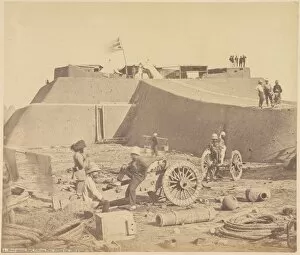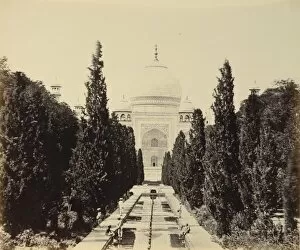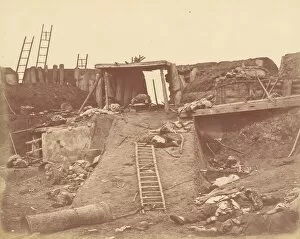Felice Beato Collection (page 14)
Felice Beato
For sale as Licensed Images
Choose your image, Select your licence and Download the media
Felice Beato: Capturing the Essence of Japan and China in the 19th Century Step into a world of ancient traditions and captivating beauty through the lens of Felice Beato, an Italian-British photographer renowned for his stunning images from Japan and China during the late 1800s. With each photograph, Beato transports us to a time when samurais roamed the streets, geishas adorned vibrant kimonos, and imperial palaces stood as symbols of power. In one striking image captured in 1882, we witness a formidable samurai clad in armor. The intricate details on his attire reflect both strength and elegance, embodying the essence of Bushido – the way of the warrior. This snapshot offers a glimpse into feudal Japan's rich history. Beato's lens also turns towards Japanese women dressing themselves in traditional garments around 1870-1880. Through hand-colored albumen prints, their gracefulness is accentuated by delicate hues that bring life to their exquisite clothing choices. These portraits capture not only fashion but also reveal glimpses into societal norms at that time. The diversity within Japanese society is further highlighted by Beato's photographs showcasing individuals from various walks of life. A yakonin dressed for ceremony stands tall with pride while another yakonin poses pensively against a backdrop that hints at untold stories waiting to be discovered. Not limited to capturing everyday people, Beato's lens extends its focus to grand architectural wonders as well. His photograph taken in October 1860 presents us with an awe-inspiring view of Yuen Min Yuen - Beijing's Summer Palace - revealing its majestic pagoda rising above lush gardens; it serves as a testament to Chinese imperial opulence. Venturing deeper into Beijing’s historical treasures takes us inside Lama Temple where we encounter Thibetan Monument – an extraordinary structure frozen in time since October 1860 when Beato captured its essence.





